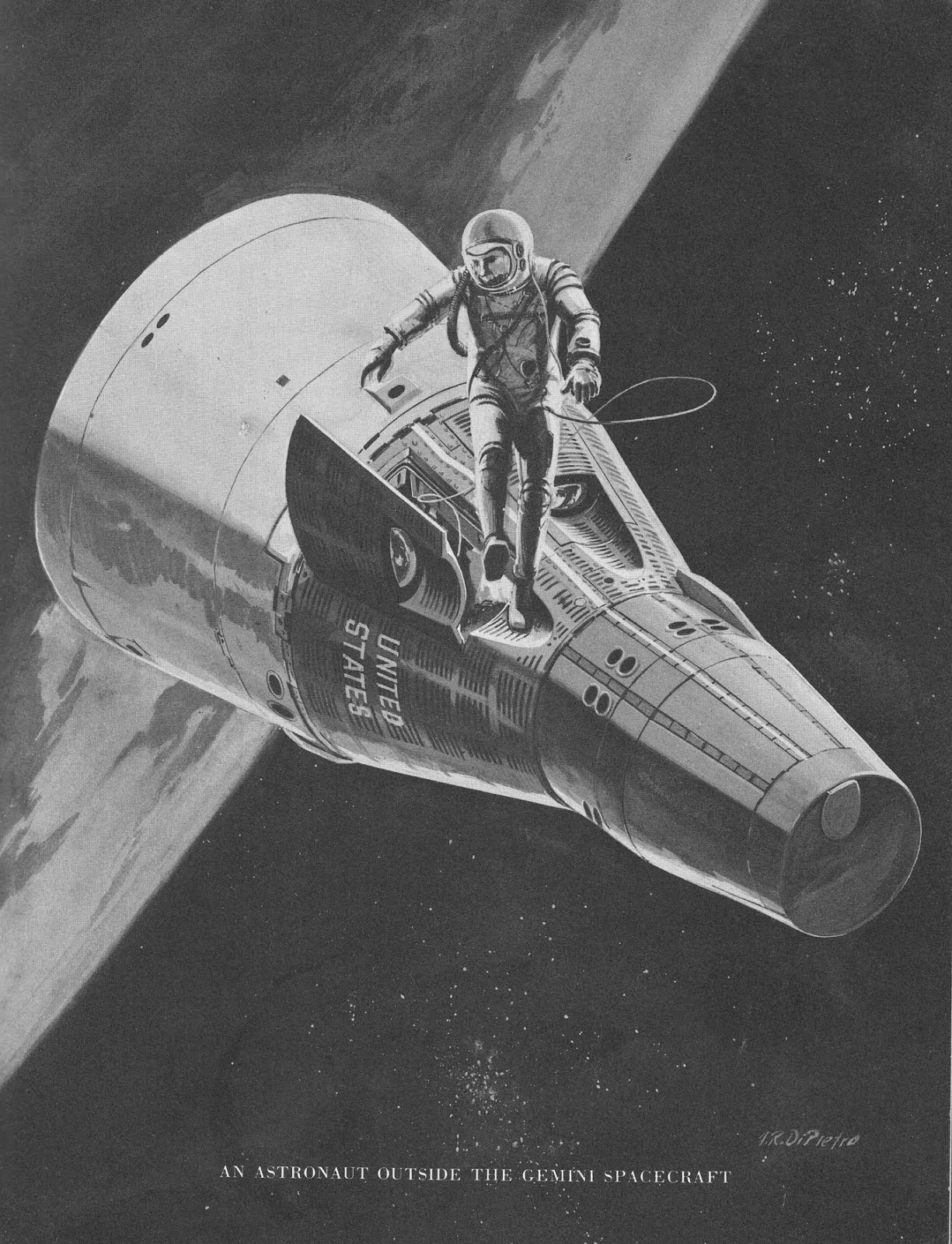
by Gideon Marcus
Nearly six years ago, the Russians threw down the gauntlet with Sputnik. Then they upped the ante with the orbit of Yuri Gagarin in April 1961. It's hard to believe that, in just two years, America has not only answered the Soviet challenge but completed its first manned space program.
For those of us well-heeled in science fiction, the Mercury spacecraft is hardly impressive-looking. Barely big enough to hold a person (and not a tall one, at that), it is little more than a second space suit with a heat shield and a retrorocket. And yet, as a first step for America into outer space, its importance cannot be overstated.
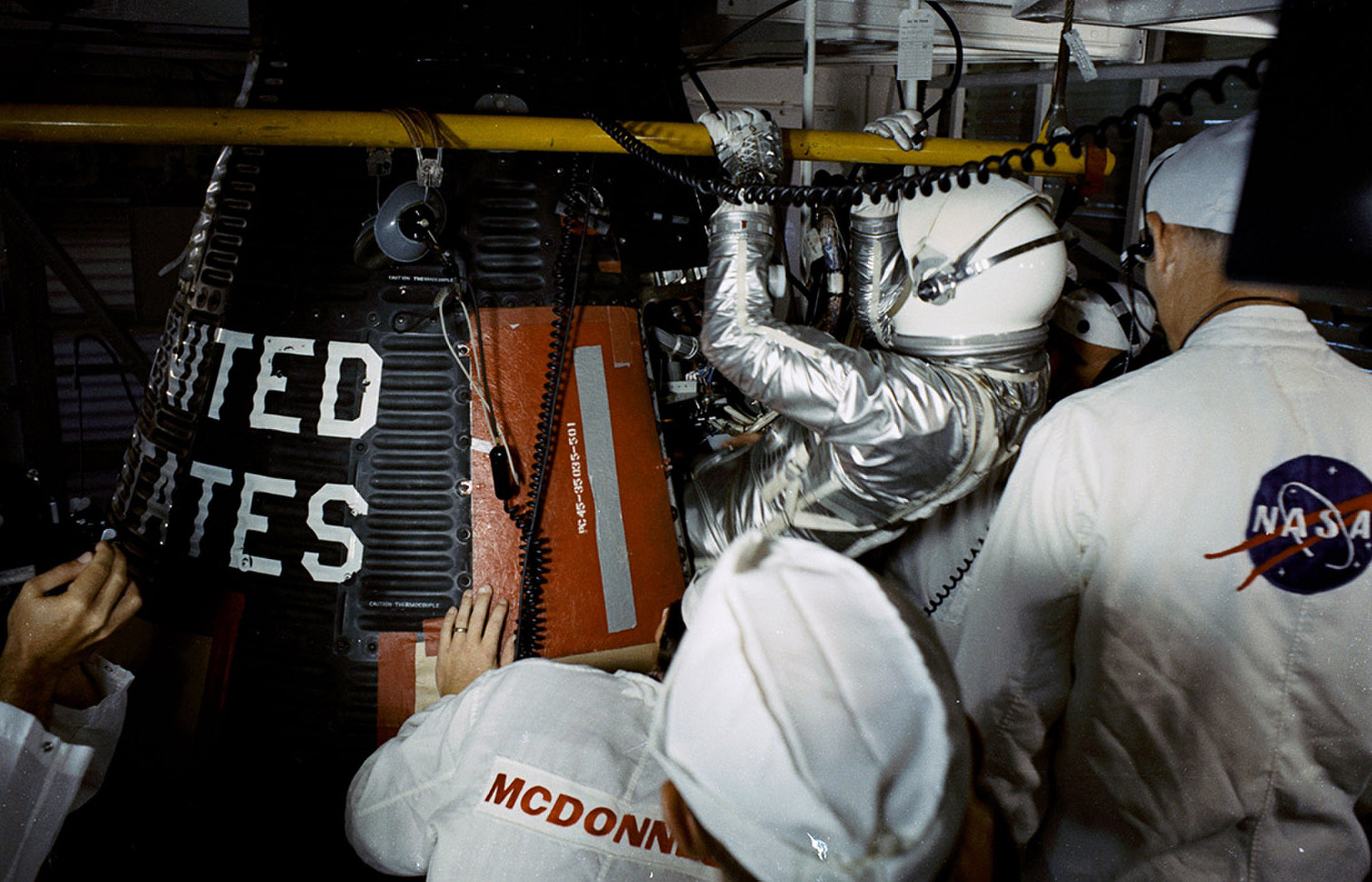
For it was those first two Mercury-Redstone flights, Alan Shepard's and Gus Grissom's, which showed that one could survive both the crushing weight of acceleration and the exhilarating freedom from gravity, in close succession, no less. John Glenn proved an astronaut could orbit repeatedly, and Scott Carpenter demonstrated that spacemen are unflappable when things don't go just right. Wally Schirra doubled the mission length of his predecessors and perfected fuel conservation and landing accuracy.
But it was this latest and last Mercury mission, flown by the youngest of the Mercury 7, 36-year old Gordo Cooper, that showed what an astronaut and his spacecraft could really do.
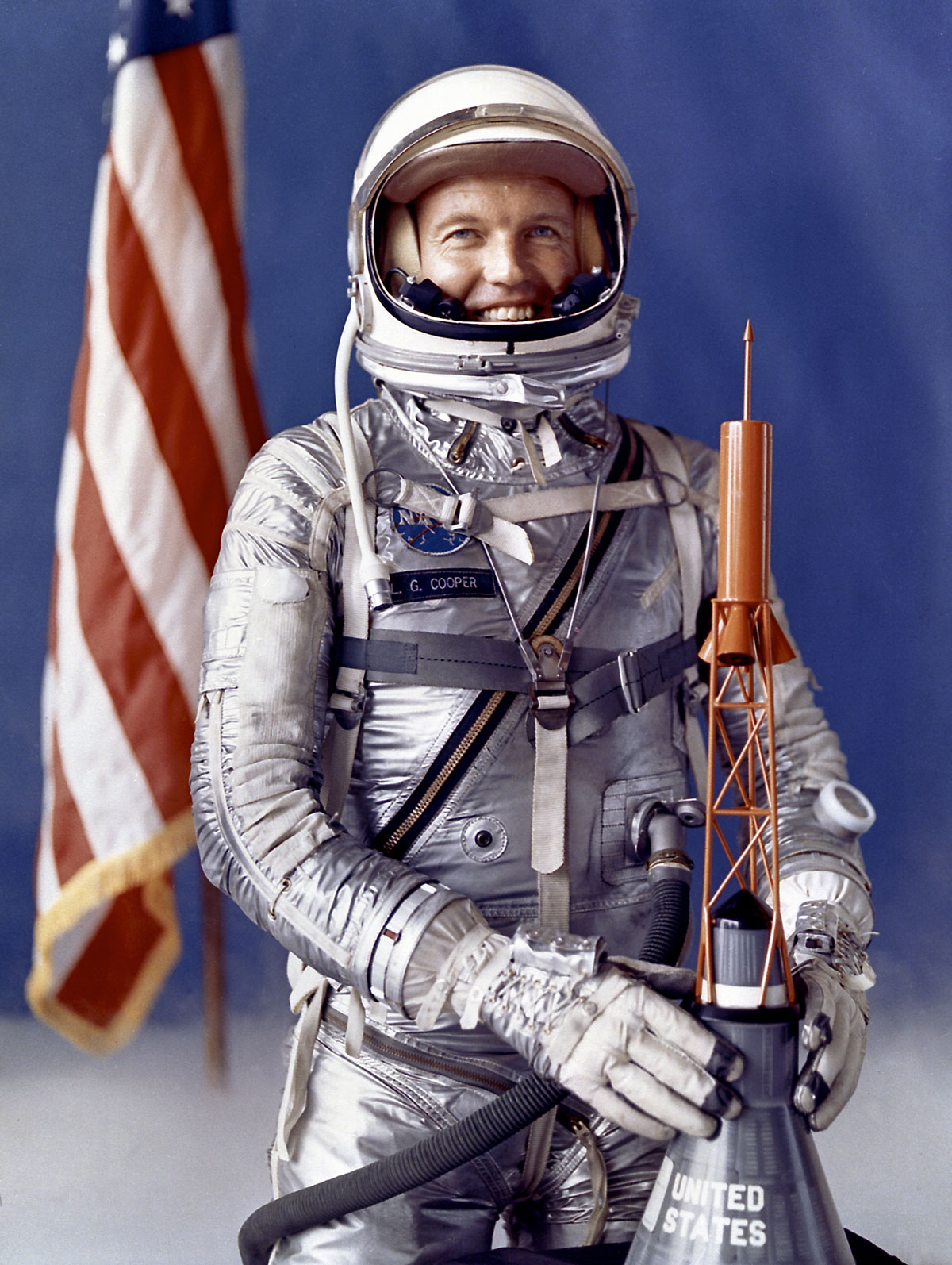
The original Mercury configuration only allowed for short flights — no more than Schirra's six orbits (nine hours). Cooper's mission was to get into the endurance range that the Soviet Vostok enjoys — a day and beyond. That meant more batteries, more water, more oxygen, and more maneuvering fuel. Some items had to be trimmed, weight being at a premium. For instance, the largely irrelevant periscope was deleted, saving a precious 76 pounds. The result was a stocked up, stripped down version of Mercury that Cooper called Faith 7. NASA was not too happy with this choice, worried about the inevitable headline in the event of mission failure: America Loses Faith.
The flight of Faith was scheduled for April but weather and other considerations pushed the launch back to May. Finally, early on the 14th, the astronaut suited up and entered his spacecraft. After many hours of waiting, the flight was delayed until the next day. There had been a problem with the Bermuda tracking radar. It does one well to remember that an astronaut is just one of thousands of participants in any given mission, the failure of any one of whom can cause a scrub.
All systems were go the next morning, however. After a pleasant two-hour nap in his capsule while the countdown rolled and held without him, Cooper was then pressed into his seat with several times his weight come liftoff time, 8:04 A.M. Eastern Daylight Time. Less than fifteen minutes later, he became the sixth American to enter Earth orbit.
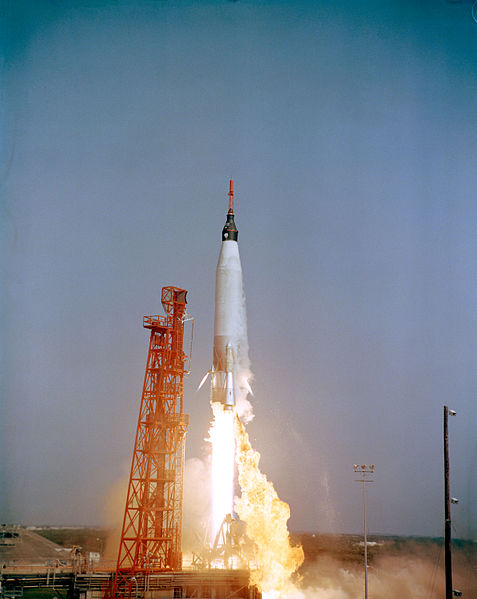
The flight called for 22 orbits, with go/no-go opportunities after seven and seventeen. Cooper was the first astronaut who got to sleep in orbit, though he spent the first hour of his designated slumber time snapping pictures of the Himalayas — and astonishing folks on the ground with his visual acuity. According to the astronaut, he could pick out individual houses and vehicles from orbit.
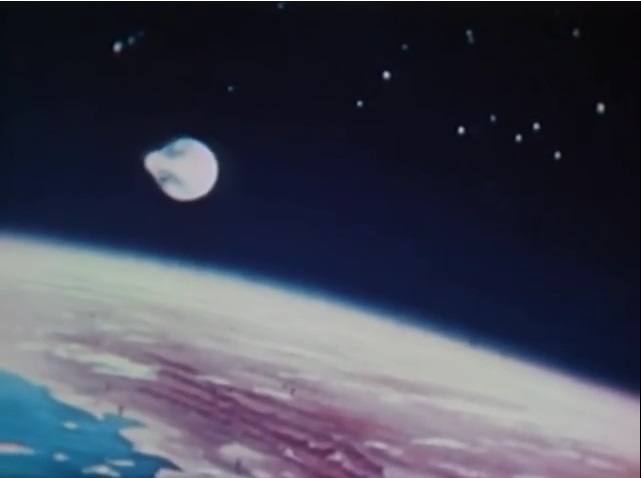
Orbit 17 came and went, and Cooper declared himself and his metal steed A-Okay to finish the mission. But perhaps he had spoken too soon. Come the 19th orbit, Faith 7 began to fall to pieces. The cabin temperature rose, instrument readouts became erratic, and the automatic pilot failed completely. As Cooper approached the end of the mission, he was confronted with a situation no one had ever had to face before: he would return himself from orbit manually.
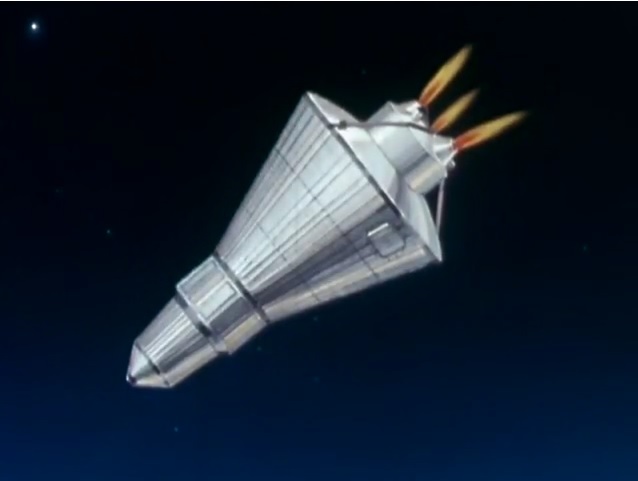
Of course, that's why NASA hired test pilots for the job. Cooper was delighted at the opportunity to show his stuff. His aim and timing of his retrorocket fire was so precise that not only did he make it safely back to Earth, but he came down just a couple of miles from the recovery fleet off Midway Island. Astronaut Cooper had flown longer and better than an American before him, ending is mission just before 4 P.M. EDT (11 AM local time).
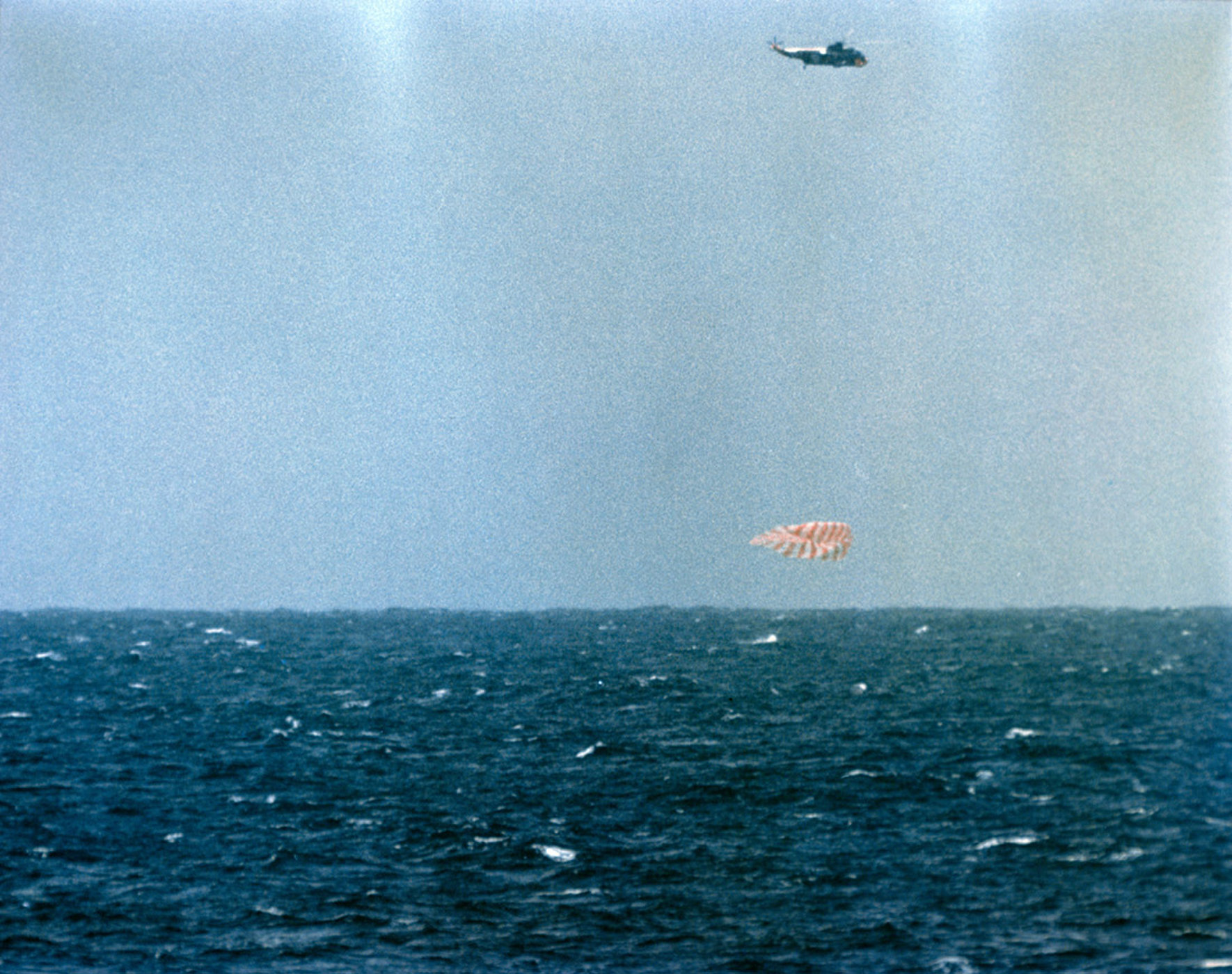
Better still, Cooper had shared none of the deterioration of his spaceship. Aside from a little pooling of blood in the legs, the astronaut was in good health. Moreover, he experienced none of the disassociation from reality that psychologists worried would afflict long-term space travelers. Faith 7 was, despite the breakdowns, a complete success.

In that success, Mercury has signed its own death warrant. While some have clamored for a multi-day Mercury flight (particularly first astronaut Alan Shepard), the fact is, there just isn't much more to learn with such a minimal craft. The longer, more involved missions are going to need a more sophisticated spacecraft. A two-person ship with the ability to maneuver and dock.
It's in development right now, and it's called Gemini. It flies next year.
